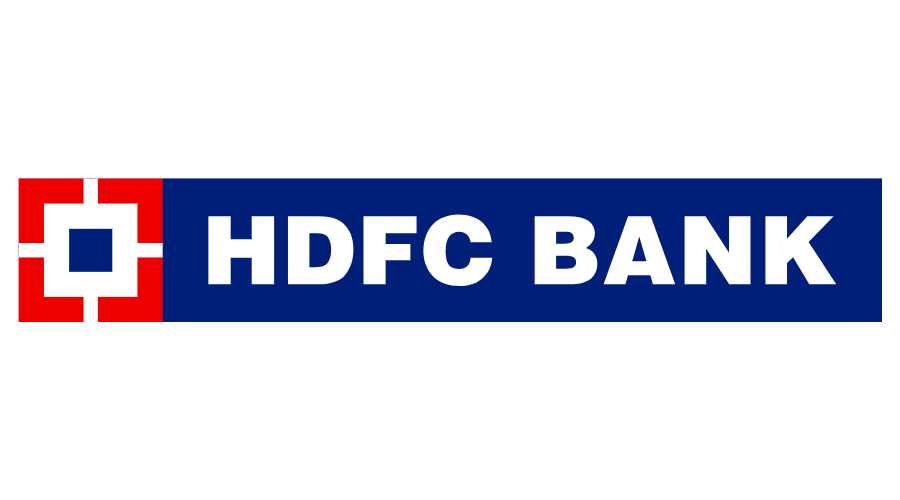How to Read Financial Statements: Build Financial Literacy
Read financial statements and speak the language of business without the drudgery of a traditional accounting course

Lectures -26
Resources -56
Duration -2 hours

30-days Money-Back Guarantee
Get your team access to 10000+ top Tutorials Point courses anytime, anywhere.
Course Description
"The number one problem in today's generation and economy is the lack of financial literacy" - Alan Greenspan, Chairman of the U. S. Federal Reserve 1987 to 2006
If you are in business, you need to speak the language. No matter if you’re in sales, marketing, manufacturing, purchasing, accounting, or finance, you need to speak the language of business. Perhaps you own a small business or are an entrepreneur starting a business… or you need a better job and are thinking about going to business school… or you provide legal and consulting services to businesses. You’ll be more credible, make better decisions, and enjoy more success if you speak the language of business.
The Importance of Financial Statements in Today’s World
The language of business is encapsulated in financial statements. Financial statements provide a scorecard for how a business is doing. Over a series of years, it provides a map of the business’s performance. Managers judge the success of their business with financial statements. Investors make intelligent investing decisions with financial statements. In addition, people in the business world are being held more accountable for their financial statement practices since Enron and WorldCom. They need to know what goes into financial statements.
Learn to Read Financial Statements, Not Prepare Them.
Just as you don’t need to understand how to make a car in order to drive one, you don’t have to understand bookkeeping to read financial statements. I've prepared a course that eliminates the bookkeeping drudgery and concentrates on the end product of accounting, how to read financial statements, not how to prepare them.
Like climbing a spiral staircase, I will teach you how to read three real company’s financial statements (Whole Foods, Sherwin Williams, and Facebook), starting with the simple and progressing to the complex, interspersing the statements with key accounting terms and concepts to help you build expertise.
Sounds good? Here is exactly what we will cover:
Read Financial Statements. What is a balance sheet, income statement and statement of cash flows and how each is different
Quick Look: Read Financial Statements of Whole Foods. What are the major line items on Whole Foods’ balance sheet, income statement and statement of cash flows
Where the numbers come from: Accrual Accounting Basics. What are some basic accounting concepts, why we can’t measure profits with cash, and why we need a separate statement for income and cash flow
Deep Dive: Read Financial Statements of Sherwin Williams. What each line item means on Sherwin Williams’ balance sheet, income statement and statement of cash flows
Test What you have learned: Facebook Case Study. A 28-question quiz about Facebook’s balance sheet, income statement and statement of cash flows with feedback
What the Financial Statements Tell You Through Ratios. How to interpret a company’s performance with four ratios: return on equity, profit margin, asset turnover, and financial leverage. How to compute these ratios for Sherwin Williams and dig into their annual report for insight. How to compare financial statements among four different industries (distribution, manufacturing, service, and financial service)
The course contains 20 three-to-eight-minute-videos each followed by a multiple-choice quiz. A case is provided for Facebook.
The course will take 100 minutes to view the videos and another 45 minutes to take the quizzes and do the Facebook case.
Are you ready? Let's do this.
Goals
- Explain how the balance sheet, income statement, and statement of cash flows are used, what they measure, and why we need three statements.
- Differentiate between income and cash flow
- Explain what is the balance sheet equation and why the balance sheet equation is the foundational model for accrual accounting/double entry accounting
- Define what are assets, liabilities, and equity and how assets, liabilities, and equity relate
- Explain how the statement of cash flows and income statement link into the balance sheet
- Explain how accounts work like buckets
- Locate a real company’s annual report at their website and locate their financial statements within the annual report
- Explain who are the six most important stakeholders of a corporation (employees, customers, government, vendors, lenders, investors)
- Explain the give and take of a transaction and how to record both sides of the transaction separately with the six stakeholders
- Explain which side of the give and take appears on the income statement and on the statement of cash flows
- Explain why you can’t measure profit with cash and why you need to use accrual accounting (double-entry accounting), not cash accounting
- Illustrate how accrual accounting can both record cash and profits using a spreadsheet
- Explain the basis for bookkeeping and basic accounting without learning bookkeeping
- Explain what each line item of the balance sheet means and distinguish between current and noncurrent assets, liabilities, and shareholders’ equity
- Explain what each line item of the income statement means, including revenues, expenses, and earnings per share
- Explain each important line item for the three sections of the statement of cash flows: operating activities, investing activities, and financing activities
- Explain how the format of the operating activities section differs from the other two activities (investing and financing)
- Test your knowledge by completing 28 multiple-choice questions about the 2013 Facebook annual report
- Explain four areas that can go wrong in a business (sales pricing, expense control, asset management, and asset financing)
- Explain how four ratios (return on equity, profit margin, asset turnover, and financial leverage) can detect problems within the four potential problem areas
- Compute return on equity, profit margin, asset turnover, and financial leverage ratios from real company’s financial statements
- For the return on equity ratio, drill down into its three component ratios (profit margin, asset turnover, and financial leverage) to pinpoint problem areas
- Start with the profit margin ratio and drill down to compute the gross profit percentage and expense percentage from a real company’s financial statements
- Locate management’s explanation for year-to-year changes in ratios from the company’s annual report
- Summarize the key reasons for return on equity variations for a real company from year-to-year
- Explain how four industries (distribution, manufacturing, service, and financial services differ in the way they make money
- Explain how the profit margin, asset turnover, and financial leverage ratios can reveal the key differences in the way that four industries make money
Prerequisites
- There are no prerequisites for the course. You do not need to know anything about accounting or finance

Curriculum
Check out the detailed breakdown of what’s inside the course
Read Basic Financial Statements
4 Lectures
-
Introduction 06:15 06:15
-
What Are Financial Statements 05:01 05:01
-
The Balance Sheet Equation 03:49 03:49
-
How Do Financial Statements Relate? 04:10 04:10
Quick Look: Read Financial Statements of Whole Foods
3 Lectures

Where the numbers come from: Accrual Accounting Basics
3 Lectures

Deep Dive: Read Financial Statements of Sherwin Williams
3 Lectures

Test What you have learned: Facebook Case Study
1 Lectures

What the Financial Statements Tell You Through Ratios
6 Lectures

Section 7 Update of Financial Statements and Ratios from 2013 to 2019
6 Lectures

Instructor Details

David Johnson
About me
David Johnson, Ph.D., is a retired full-time faculty member at Northcentral University.
He has over 30 years teaching experience at the college level, with 25 years teaching accounting. Over the years he has grown frustrated with the way accounting is taught, which inspired him to obtain his Ph.D. in education from the University of Minnesota. He also has a masters degree in marketing/finance from the J. L. Kellogg Graduate School of Management, Northwestern University and a bachelors degree in accounting from the University of Illinois. He began his career in public accounting after passing the CPA exam.
His passion is instruction and how people learn. He has designed his Tutorialspoint course with principles learned from his Ph.D. studies, recognizing that most people want to be able to determine how a company is doing by reading financial statements. They don't want to become accountants first.
Course Certificate
Use your certificate to make a career change or to advance in your current career.

Our students work
with the Best


































Related Video Courses
View MoreAnnual Membership
Become a valued member of Tutorials Point and enjoy unlimited access to our vast library of top-rated Video Courses
Subscribe now
Online Certifications
Master prominent technologies at full length and become a valued certified professional.
Explore Now


 Updated on Jul, 2024
Updated on Jul, 2024
 Language - English
Language - English